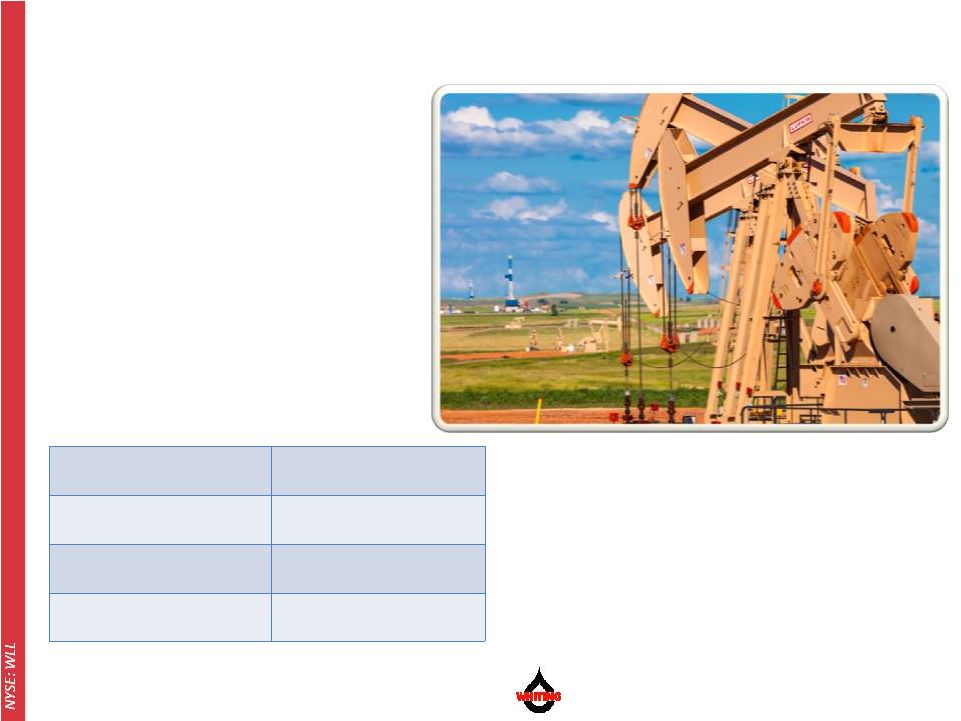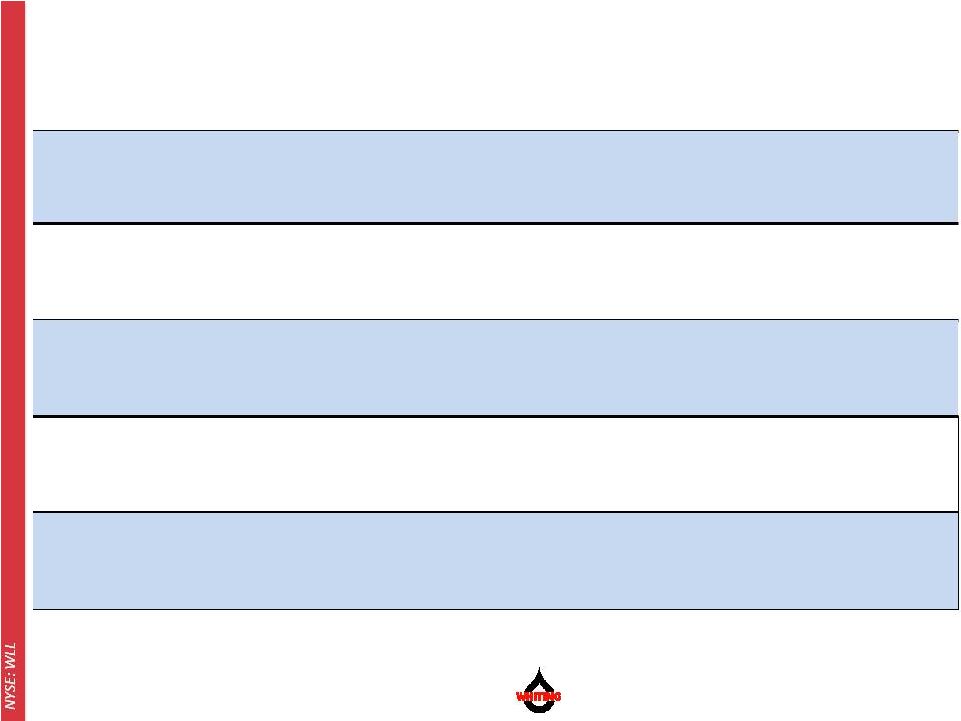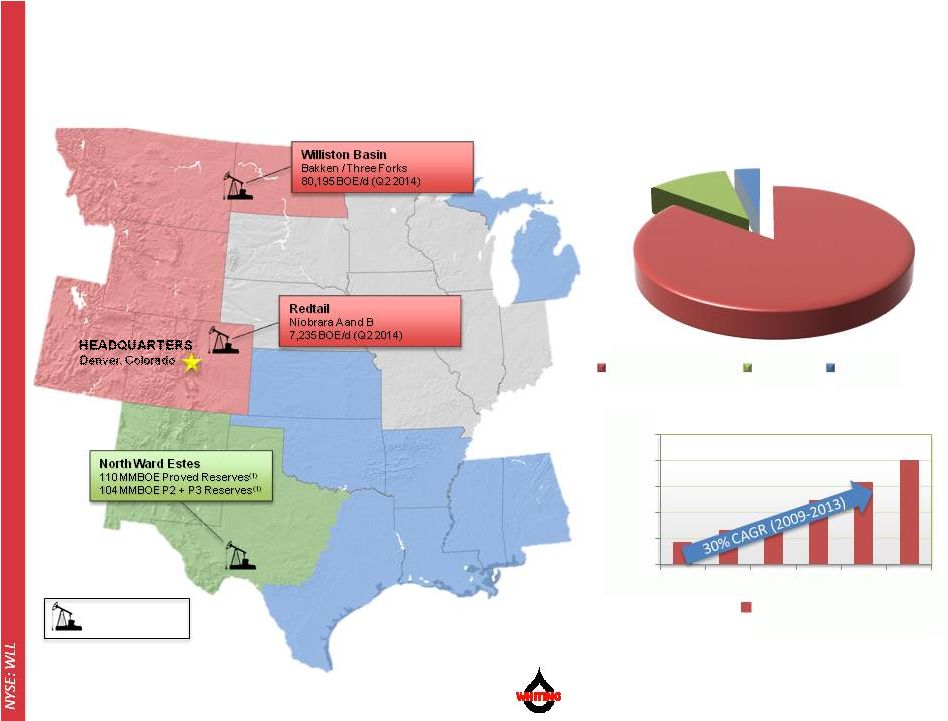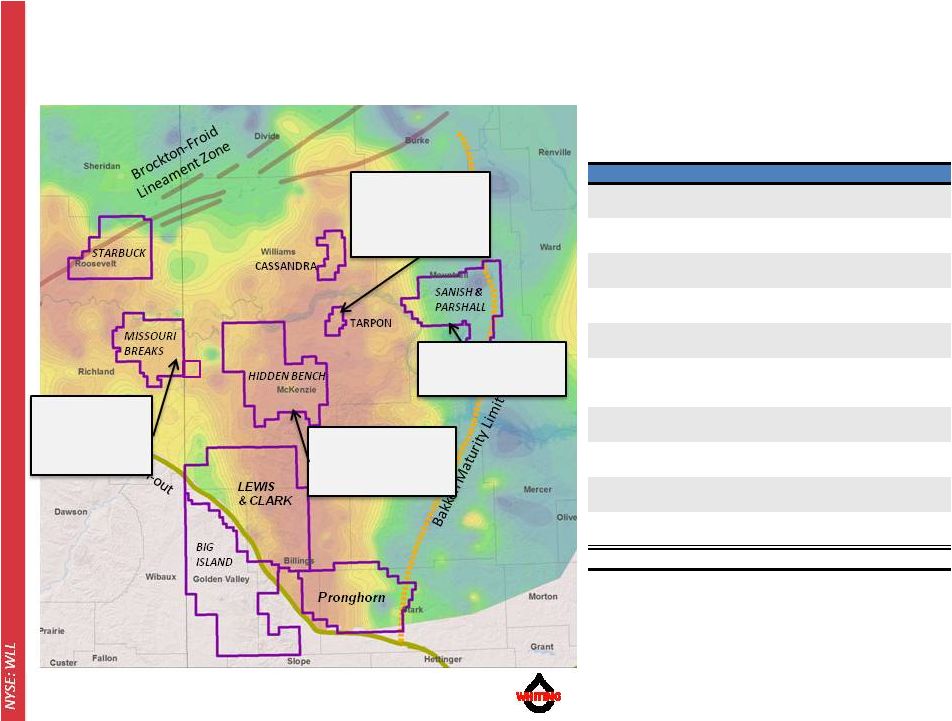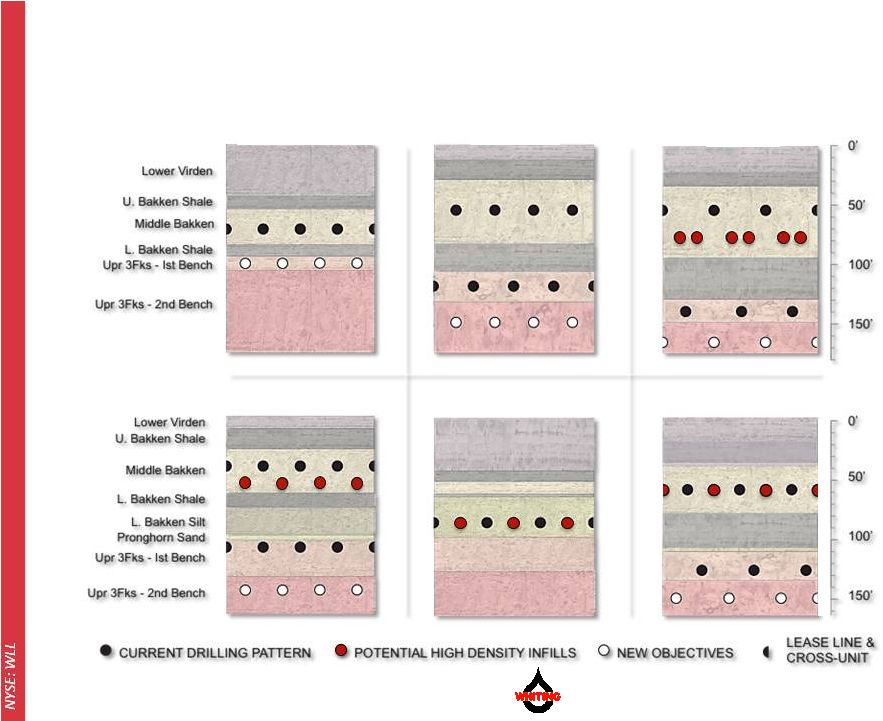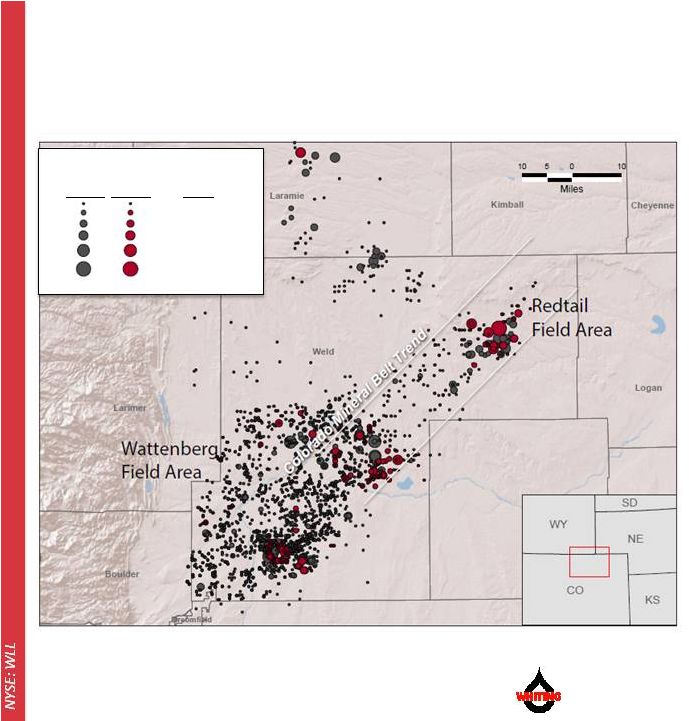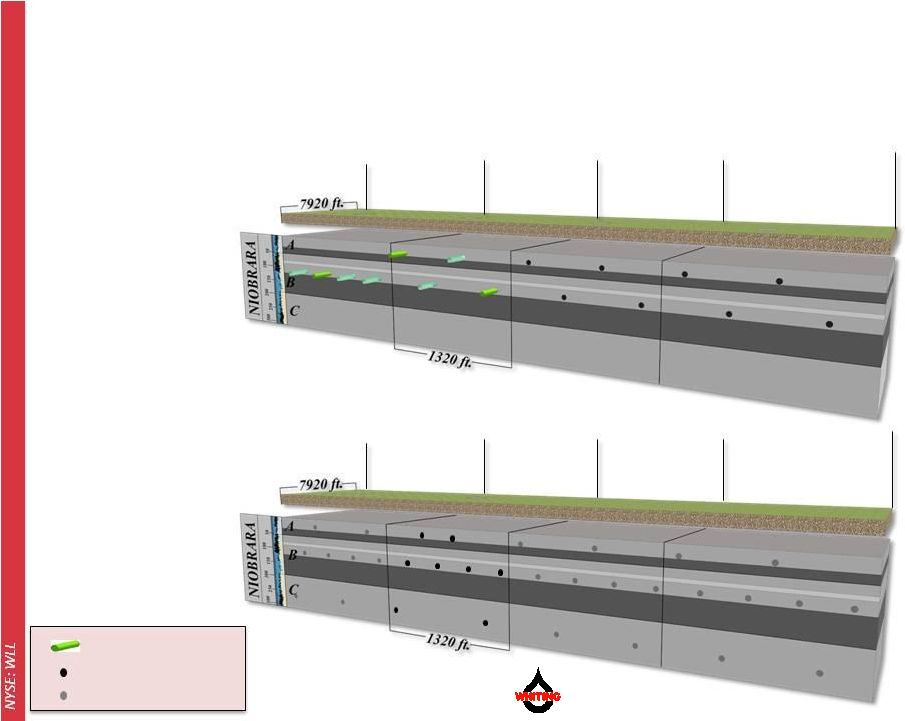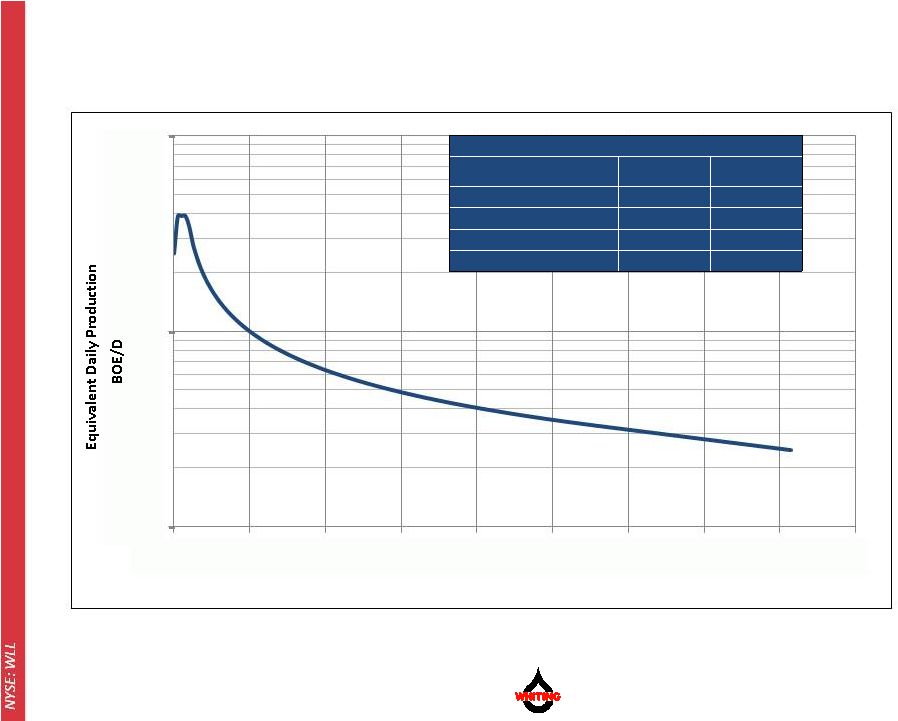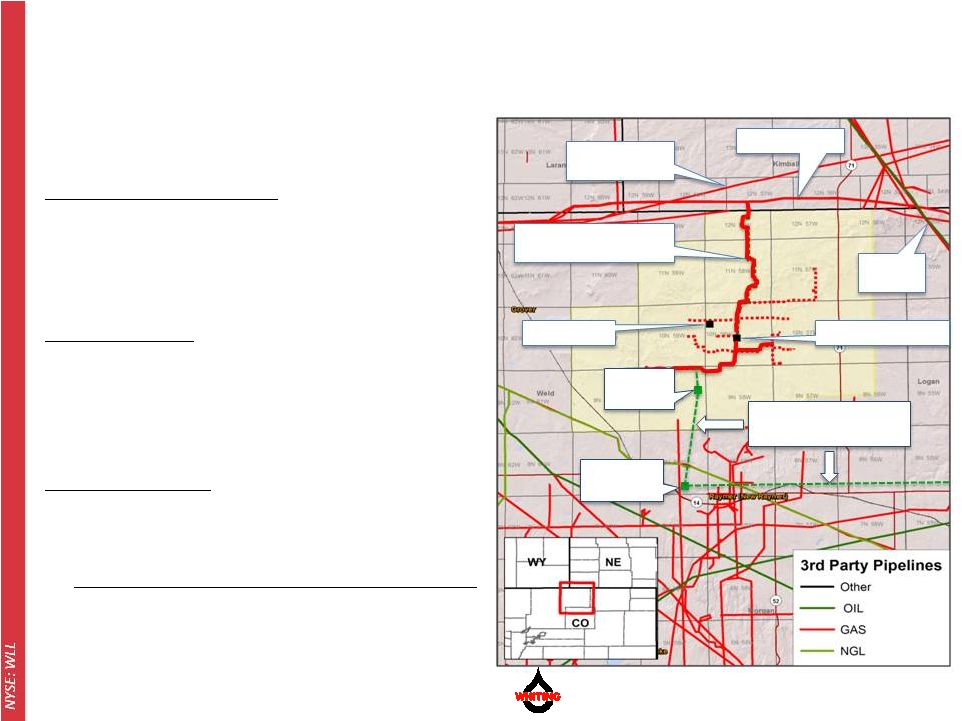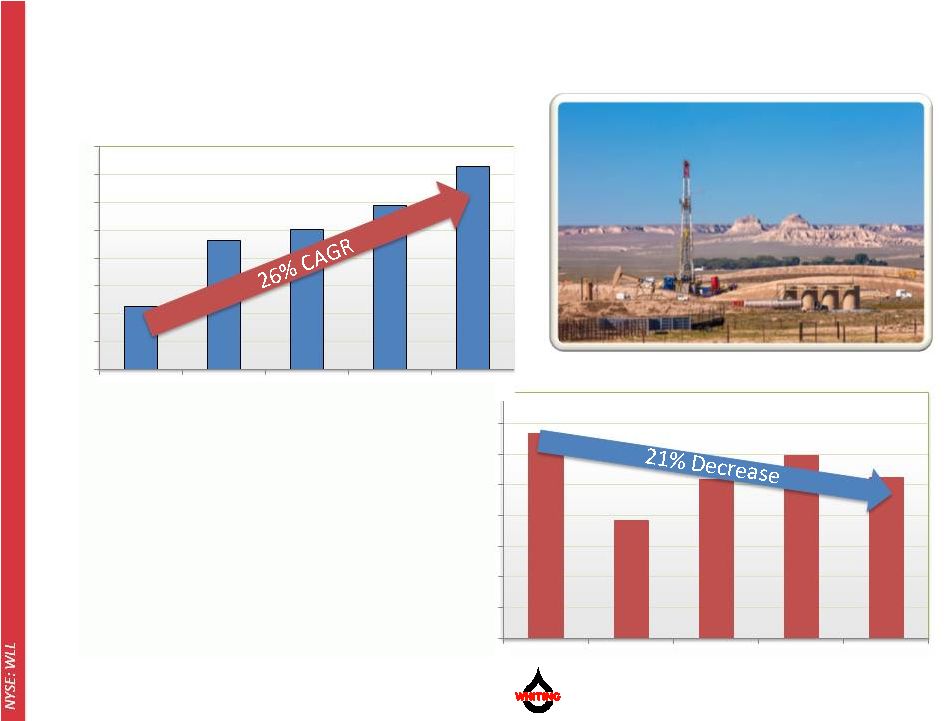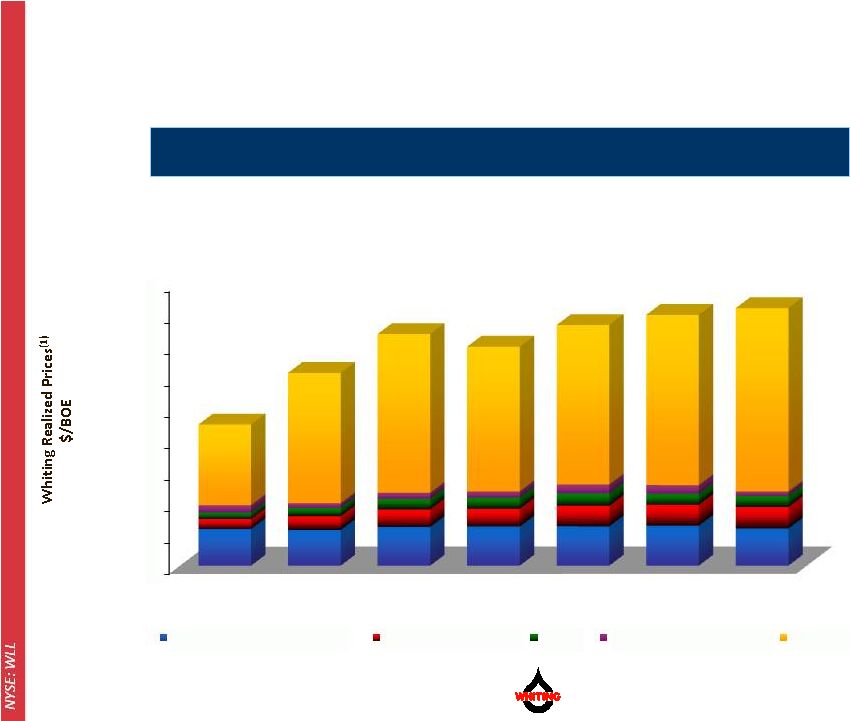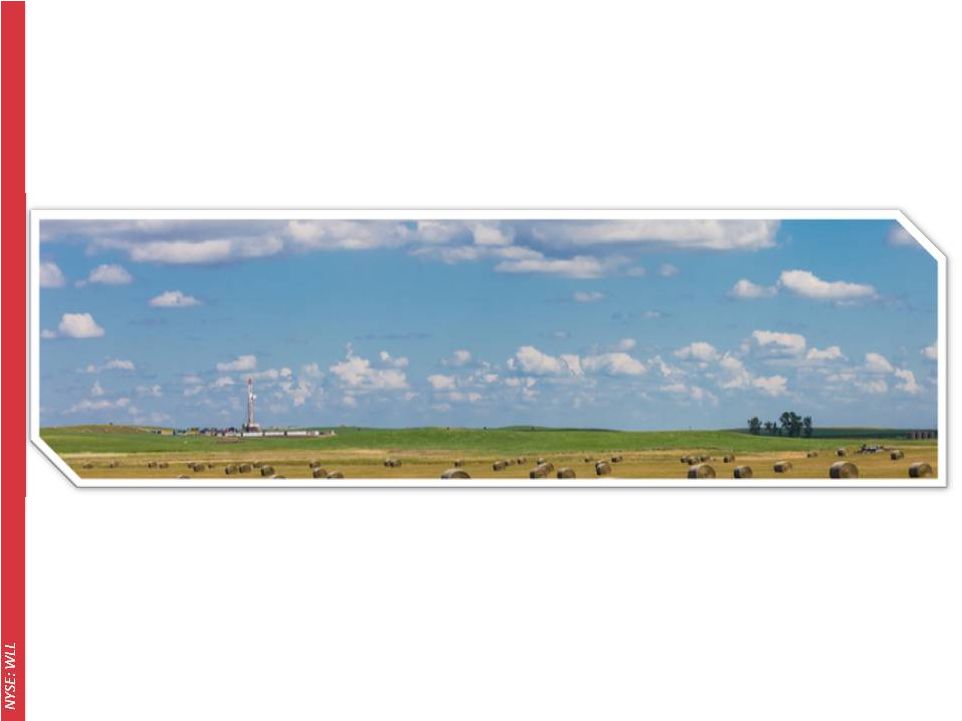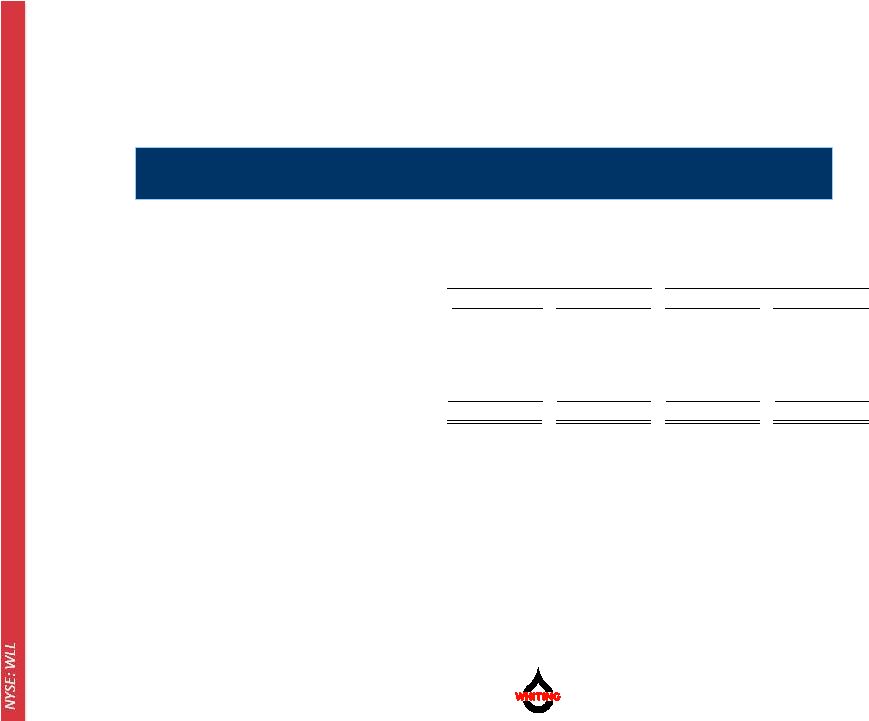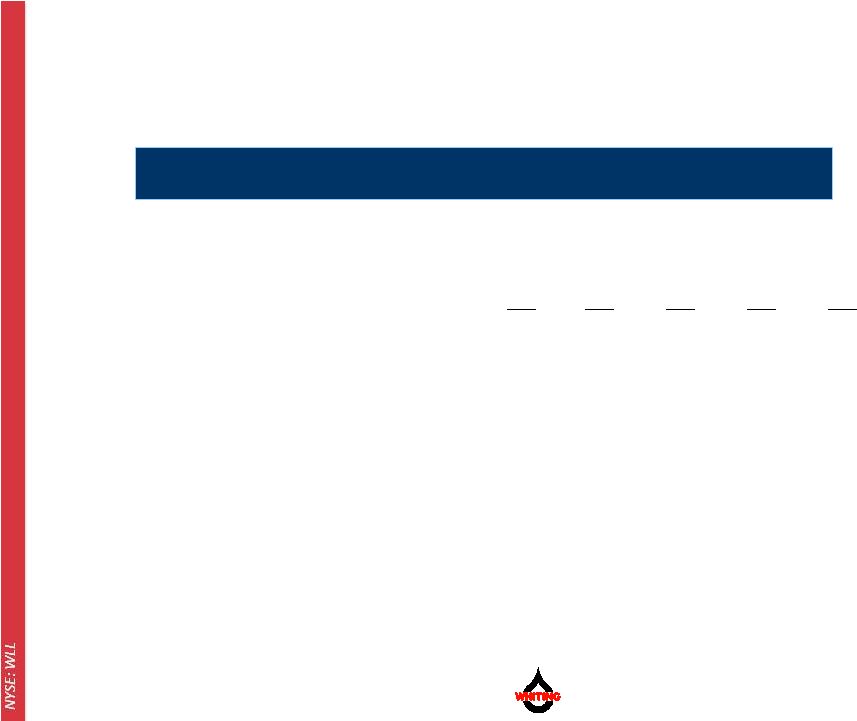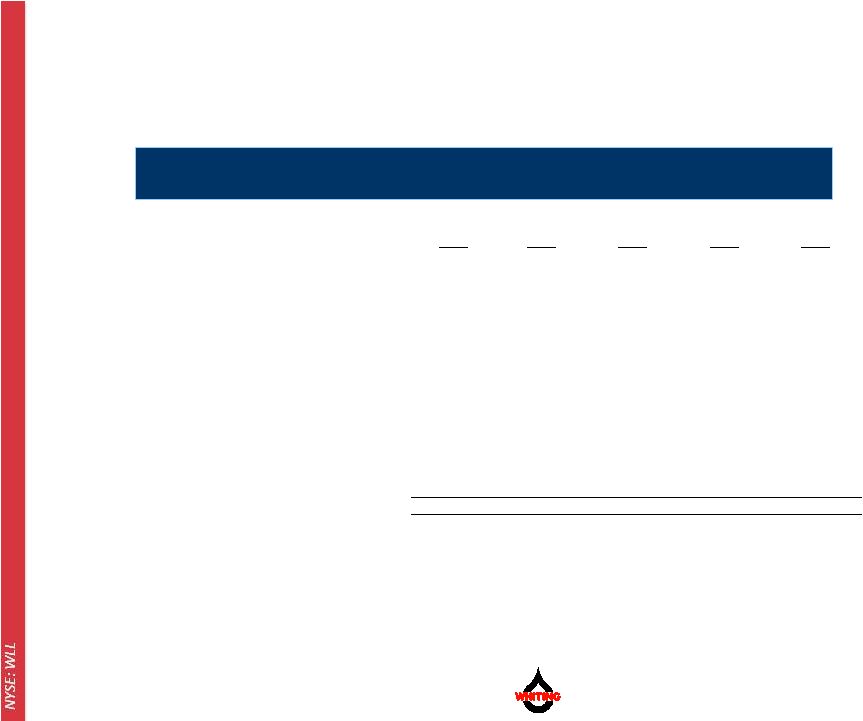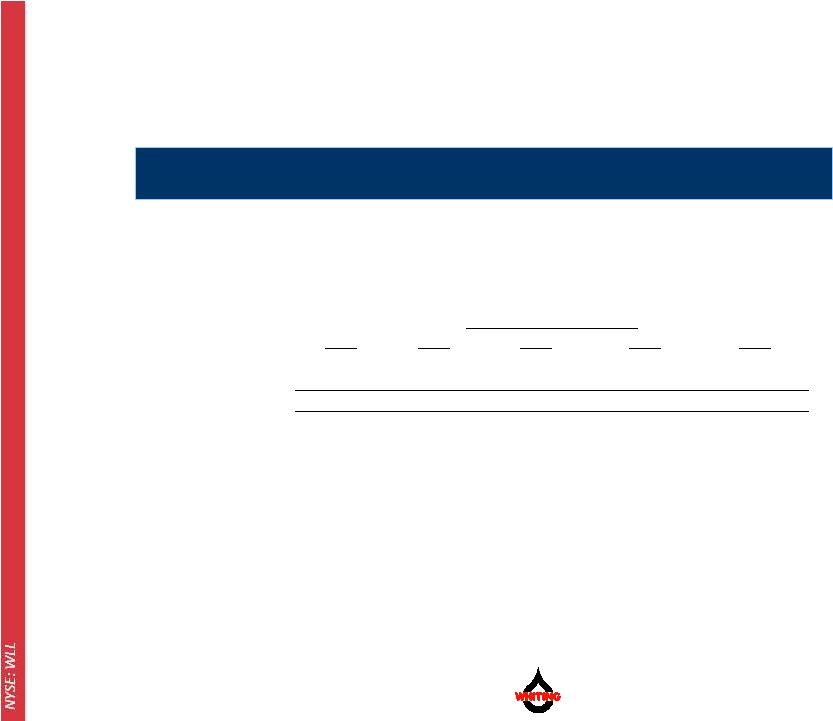Forward-Looking Statements, Non-GAAP Measures, Reserve and Resource Information Forward-Looking Statements, Non-GAAP Measures, Reserve and Resource Information 2 Energy + Technology = Growth This presentation contains statements that Whiting Petroleum Corporation (“Whiting”) believes to be “forward-looking statements” within the meaning of Section 21E of the Securities Exchange Act of 1934. All statements other than historical facts, including statements regarding the expected benefits of Whiting’s proposed acquisition (the “Acquisition”) of Kodiak Oil & Gas Corp. (“Kodiak”) to Whiting and Kodiak and their shareholders, the anticipated completion of the Acquisition or the timing thereof, the expected future reserves, production, financial position, business strategy, revenues, earnings, costs, capital expenditures and debt levels of the combined company, and plans and objectives of management for future operations, are forward-looking statements. Such forward-looking statements are subject to risks and uncertainties that could cause actual results to differ materially from those expressed in, or implied by, such statements. These risks and uncertainties include, but are not limited to: the ability to obtain shareholder, court and regulatory approvals of the Acquisition; the ability to complete the proposed Acquisition on anticipated terms and timetable; Whiting’s and Kodiak’s ability to integrate successfully after the Acquisition and achieve anticipated benefits from the Acquisition; the possibility that various closing conditions for the Acquisition may not be satisfied or waived; oil and natural gas prices; level of success in exploration, development and production activities; the impacts of federal and state laws; the impacts of hedging on results of operations; uncertainty regarding future operating results and plans, objectives and expectations; and other risks described under the caption “Risk Factors” in Whiting’s and Kodiak’s Annual Reports on Form 10-K for the period ended December 31, 2013 and Quarterly Reports on Form 10-Q for the three months ended June 30, 2014. Whiting assumes no obligation, and disclaim any duty, to update the forward-looking statements in this communication. Whiting’s production forecasts and expectations for future periods are dependent upon many assumptions, including estimates of production decline rates from existing wells and the undertaking and outcome of future drilling activity, which may be affected by significant commodity price declines or drilling cost increases. In this presentation, we refer to Adjusted Net Income, Discretionary Cash Flow and EBITDAX, which are non-GAAP measures that the Company believes are helpful in evaluating the performance of its business. A reconciliation of such non-GAAP measures to the relevant GAAP measures can be found at the end of the presentation. Whiting uses in this presentation the terms proved, probable and possible reserves. Proved reserves are reserves which, by analysis of geoscience and engineering data, can be estimated with reasonable certainty to be economically producible from a given date forward from known reservoirs under existing economic conditions, operating methods and government regulations prior to the time at which contracts providing the right to operate expire, unless evidence indicates that renewal is reasonably certain. Probable reserves are reserves that are less certain to be recovered than proved reserves, but which, together with proved reserves, are as likely as not to be recovered. Possible reserves are reserves that are less certain to be recovered than probable reserves. Estimates of probable and possible reserves which may potentially be recoverable through additional drilling or recovery techniques are by nature more uncertain than estimates of proved reserves and accordingly are subject to substantially greater risk of not actually being realized by the Company. Whiting uses in this presentation the term “total resources,” which consists of contingent and prospective resources, which SEC rules prohibit in filings of U.S. registrants. Contingent resources are resources that are potentially recoverable but not yet considered mature enough for commercial development due to technological or business hurdles. For contingent resources to move into the reserves category, the key conditions or contingencies that prevented commercial development must be clarified and removed. Prospective resources are estimated volumes associated with undiscovered accumulations. These represent quantities of petroleum which are estimated to be potentially recoverable from oil and gas deposits identified on the basis of indirect evidence but which have not yet been drilled. This class represents a higher risk than contingent resources since the risk of discovery is also added. For prospective resources to become classified as contingent resources, hydrocarbons must be discovered, the accumulations must be further evaluated and an estimate of quantities that would be recoverable under appropriate development projects prepared. Estimates of resources are by nature more uncertain than reserves and accordingly are subject to substantially greater risk of not actually being realized by the Company. | 

